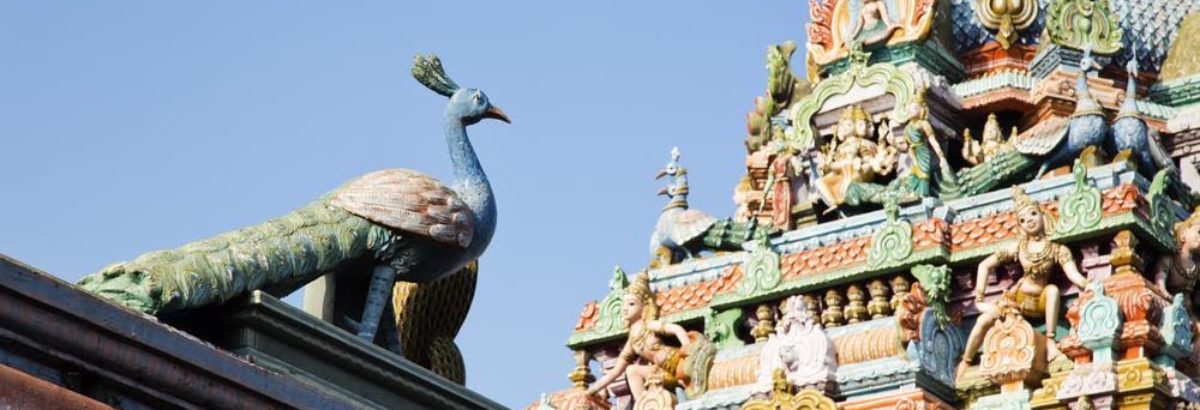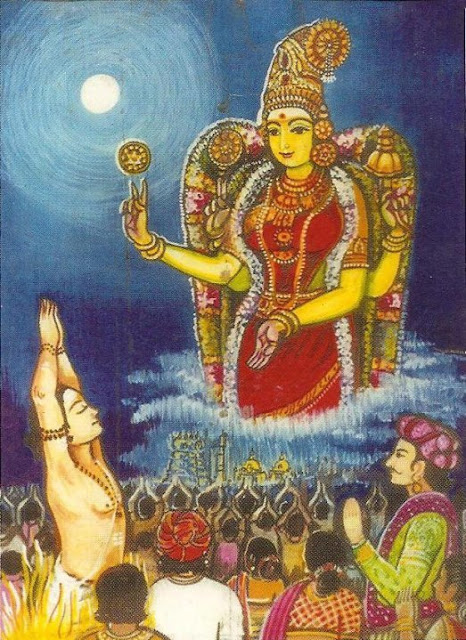NOWKA CHARITRAM
INTRODUCTION
OPERAS:
Saint Sri Tyagaraja… the great Rama Bhaktha,, Avatara of Purandaradasa, previously, Valmiki, before that Narada Himself.. wrote Nowka Charitram.
Nowka Charitram is a Opera. Opera is a musical drama. Opera is a drama of any description set to music. Actually in some dramas, there is no music and there are some dramas with music, it is merely incidental. But for Operas music in an indivisible element. In fact is forms an integral part of it. Whereas drama is a literary form, opera is a musical and a literary form combined.
Gita Govinda of Jayadeva 12th century and Krishna Leela Tarangini of Sri Narayana Theertha 16th century are classic examples. Both these works were however designed by the respective authors as dance drams. But in South Indian Languages operas come only from 17th century.
Operas are popular in all countries. In German, there are words to express the opera meaning. In the history of every country, we find that the opera comes later than the drama. The European opera had its origin about three and half centuries ago. It had its beginnings in Italy and since then has had a continuous development ( Prof. P. Sambamoorthy)
Operas are interesting art forms. Well trained orchestraspovide the musical accompaniment in operas. Operas appeal o the initiated and the uninitiated alike. In the Opera, the happy consummation of all the fine arts. It is not right to think that opera is merely a concert in costume. Music is not super imposed on the play.
Points to be kept in mind for operas:
- command over the language
- command over music
- playwright
- effective characterization
- point or the main subject
- a wide command of vocabulary
- imagination power
- dialogue writing skill
- capacity of beautiful comparisons
- creative ability of a high order.
- complete knowledge about music
- knowledge of Raga and their Rasa
- prompt imagination of scene and expression of the characters. —– to be continued.

